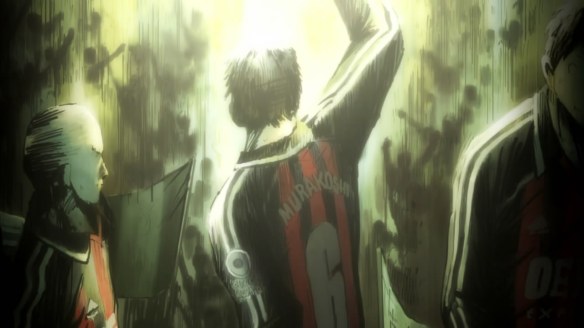I’m adding the 2010 manga-adaptation anime into the sample of adaptation effects on their source material. Many, though not all, series show some degree of significant bump. Nitty-gritty data is collected here, and displayed below. An impressive 20 of the 26 series I looked at made the Oricon charts at some point, though one of them (Rainbow) ended before the anime began. One that didn’t, Seikon no Qwaser, is still running at 8 years, 18 volumes (it’s hardly the only series to run that long without charting, I’m just pointing out that manga can run for a long time without seeing the light of day chart-wise).
Note: For High School of the Dead, both volumes 4 and 5 came out well before the anime, and volume 6 came out during its broadcast. The gap in time was so big that they came out before mal tracked numbers for series, only posting top 10 lists. I used the available 2008 manga data to approximate the average value, in volumes, of the #10 slot to get a rough estimate of the threshold. Even holding v4 and v5 to the maximum threshold from those weeks, the 130,000 v6 and 200,000 v7 it puts up post-anime is evidence of a significant bump.
